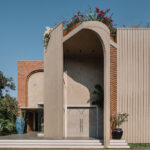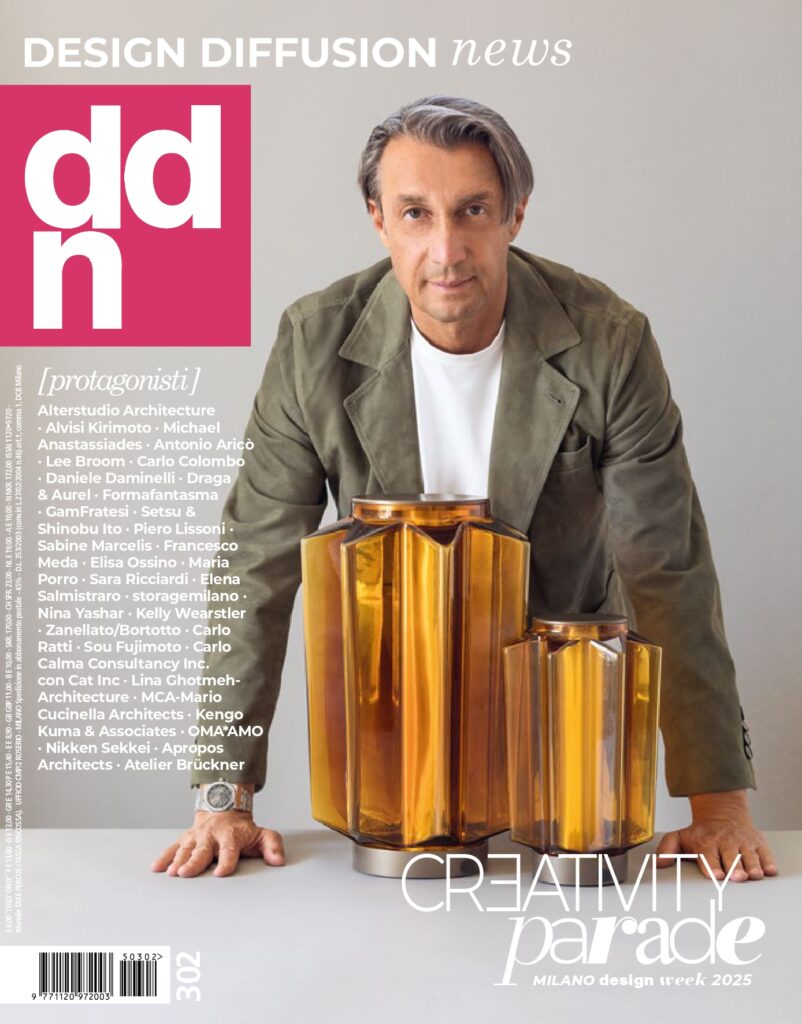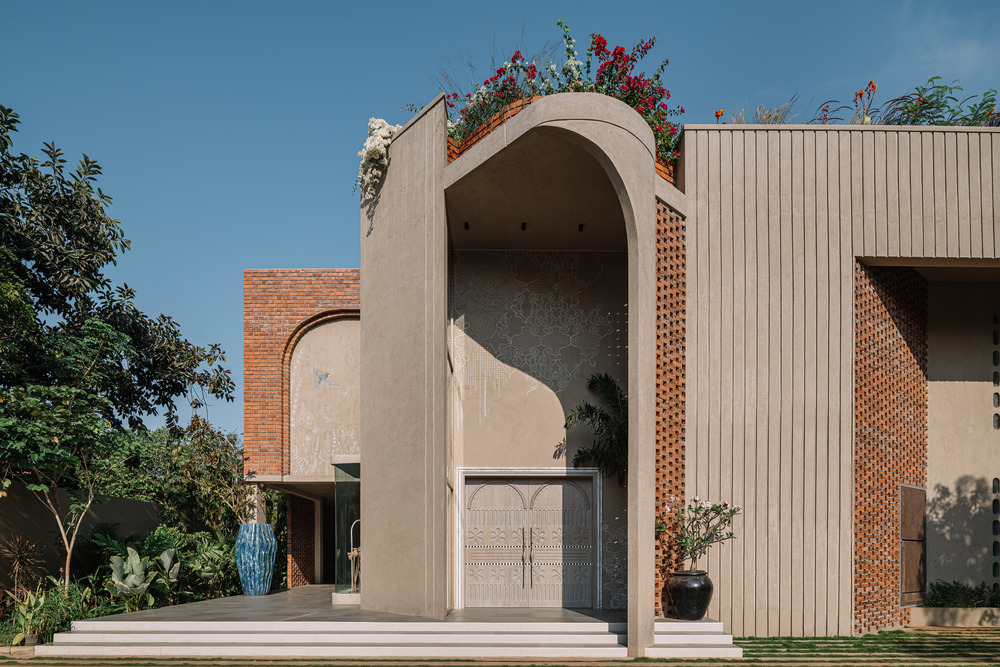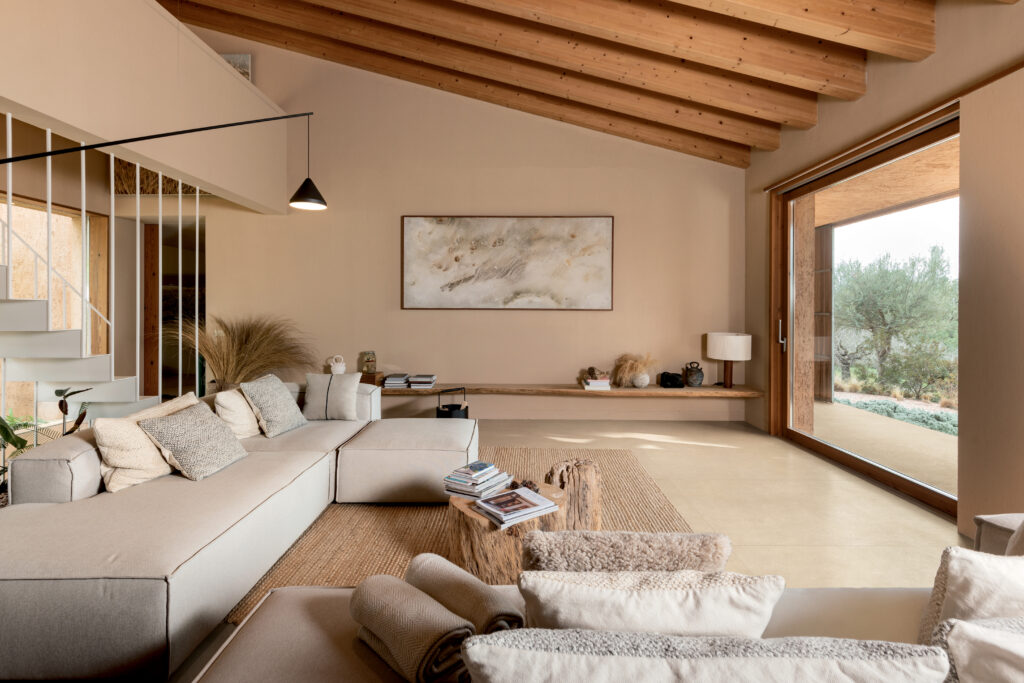A complete and essential collection of washbasins: RAK-Variant
The washbasin is one of the basic elements in the bathroom, both as a fundamental part of the bathroom furniture and as a primary functional component. Nowadays, designing a washbasin generally means designing a complete collection, which must adapt to different types of mixers, different heights, furniture, tops, or structures: the interior design of the bathroom is increasingly demanding.

RAK-Variant, designed by Daniel Debiasi and Federico Sandri, is a complete collection of essential washbasins only 5 mm thick. In this way, the washbasin resembles a pure line in space, where the basin is designed as a very discreet presence.

A product characterized by such refined details requires skillful processing, dedicating the same meticulous attention to all production phases. The washbasins from the RAK-Variant collection are produced in the RAK Ceramics plants in the United Arab Emirates with the traditional casting technique. The washbasins are finished by hand, which improves the quality of the finished product.
Discover ceramic surfaces trends

The RAK-Variant collection allows for 25 combinations. These washbasins, all 5 mm thick, are available in four shapes: round, oval, rectangle, square. Moreover, the same model can adapt to different installations: drop-in, countertop, and under counter, with or without tap bank. This allows the designer to choose the same model for any different need and makes RAK-Variant the perfect washbasin for any environment – home, hospitality facilities, public spaces.

Discover ceramic surfaces trends













